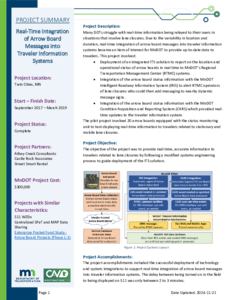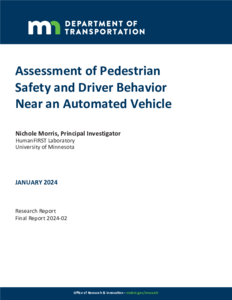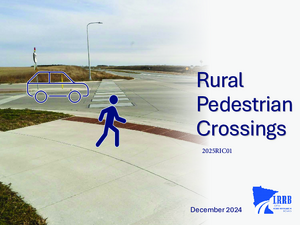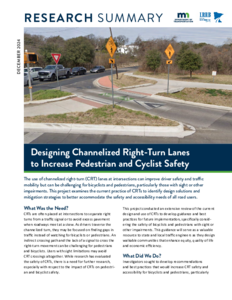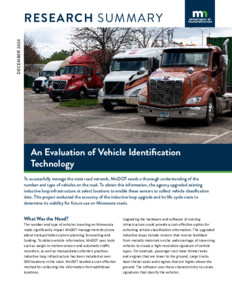Assessment of Pedestrian Safety and Driver Behavior Near an Automated Vehicle
Date Created
2024-01
Report Number
2024-02
Description
Rural Pedestrian Crossing
Date Created
2024-12
Report Number
2025RIC01
Description
Chloride Deposition from Salt Application Calculator
Date Created
2024-12
Report Number
2024RIC07S
Description
Implementation of Inductive Loop Signature Technology for Vehicle Classification Counts
Date Created
2024-12
Report Number
2024-29
Description
Pedestrian Safety and Accessibility Best Practices for Channelized Right-Turn Lanes
Date Created
2024-12
Report Number
2024-31
Description

